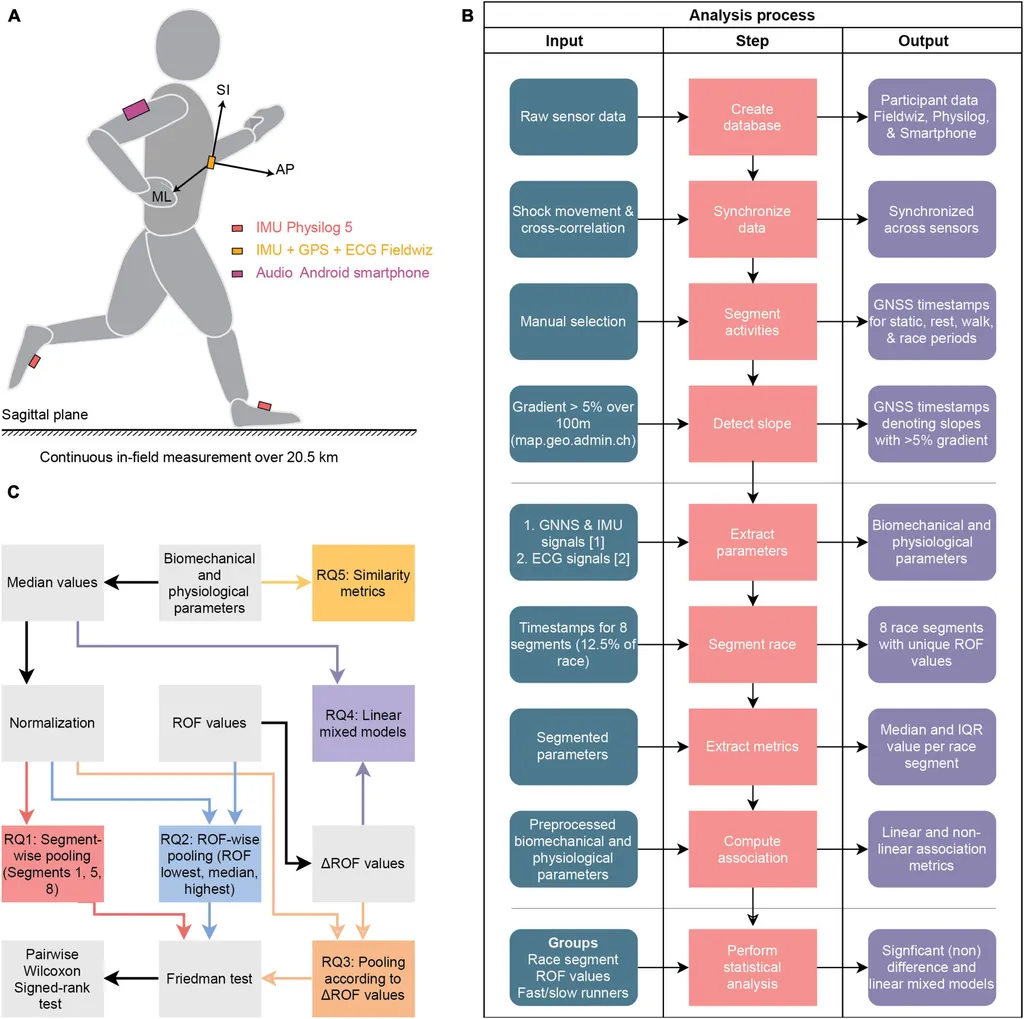In the rapidly evolving world of sports biomechanics, a recent study published in *Taiyuan Ligong Daxue xuebao* (Journal of Taiyuan University of Technology) has shed light on the research trends and future directions of the field. Led by LI Feipeng from the College of Basic Courses at Shanxi Institute of Energy, the study employs a bibliometric approach combined with CiteSpace visualization analysis to map out the evolutionary patterns of research on specific technical movements in sports biomechanics.
The research reveals a fascinating timeline of growth and development. From 2000 to 2009, the field saw a slow but steady growth, with fewer than 10 papers published annually. This phase was followed by a period of fluctuating growth from 2010 to 2016, and since 2017, the field has entered a stable development phase. “This three-stage characteristic reflects the maturing process of the field,” explains LI Feipeng. “It shows how sports biomechanics has evolved from a niche area to a more established and recognized discipline.”
The study also highlights the significant clustering of research institutions, primarily in sports-specialized universities and economically developed regions. This geographical and institutional concentration suggests a need for more balanced regional development and increased collaboration across institutions.
In terms of research topics, the study identifies three major clusters: fundamental theory, methodology, and applied research. Fundamental theory focuses on kinematic parameters and dynamic modeling, while methodology encompasses three-dimensional motion analysis and EMG signal processing. Applied research, on the other hand, is centered around technique optimization and injury prevention. “The shift from single-discipline validation to multidisciplinary integration is a notable trend,” says LI Feipeng. “This shift is driven by technological advancements and the increasing demand for innovative solutions in sports performance and injury prevention.”
The study’s time-zone map reveals a significant shift in the research paradigm, particularly after 2021, entering a technology-driven innovation stage. This transition is crucial for the energy sector, as advancements in sports biomechanics can lead to the development of more efficient and sustainable technologies. For instance, understanding the biomechanics of specific technical movements can help in designing energy-efficient equipment and optimizing performance, which can have commercial impacts in the energy sector.
The research also identifies notable issues such as a low density of inter-institutional collaboration networks and an imbalance in regional research capabilities. To address these challenges, the study suggests strengthening the cross-integration of biomechanics and artificial intelligence and establishing a standard system for multimodal motion analyses.
This study provides a quantitative basis for understanding the development trends in sports biomechanics and optimizing the allocation of scientific research resources. As the field continues to evolve, the insights gained from this research can shape future developments, driving innovation and collaboration in both sports and the energy sector.

